 More style, more space, more tech – the Ritz stands true to its name for the entry-level family hatch buyer
More style, more space, more tech – the Ritz stands true to its name for the entry-level family hatch buyer
Story Amit Chhangani
Photography Sanjay Raikar
Small isn’t the new big in India. It’s always been that way. It’s just that this fact has only recently dawned onto the global carmakers operating here. We’ve heard reports that the sales of drawing boards around these international brands’ offices have spiralled through the roof in recent past. The garbage collectors are reported to be making merry as these companies dispose of heaps of white paper with small hatches of various shapes doodled over them. Everyone wants a share of the maturing small car market in India. Hyundai have already hit a goal with the i10 and many other players in the field are dribbling the ball hard to take it closer to the goal post.
This shouldn’t come as pleasing news for Maruti, which has been ruling the small car segment rather comfortably ever since it invented it in India. The rules of the game are changing and Maruti needs to be prepared to fend off any challenge from the international players. The newly launched Ritz along with the recently introduced A-star and the soon to be launched new Swift will provide Maruti the arsenal to defend its dominance in the small car battlefield. The Ritz is an extremely important car for Maruti. The A-star, even after being modern and contemporary, isn’t spacious enough for a family and the Swift’s oddball looks aren’t to the conformists’ taste. It also doesn’t have space as one of its fortes. A lot of people, even after wanting a Maruti didn’t buy one as there wasn’t a modern and fitting option in the lineup to choose from. The Ritz is going to try and stem that customer attrition with just the perfect blend of space, style, contemporary design, efficiency
and comfort.
 To start with, Maruti have addressed the most important issue while designing the Ritz – space. The car adopts a tall-boy design unlike the sporty Swift to allow for more headroom. After all, those who choose the Ritz will have bigger heads than hearts – the latter would go for the Swift. Unlike the Wagon R, which was an exponent of a clinically functional Japanese design, the Ritz has a lot of flair and charisma to its style. The clean front is dominated by a pair of big, vertically positioned headlamps and a twin-grille bumper with the upper half intruding slightly into the bonnet. The lower part of the grille (central air dam if you like) is flanked by two small air vents with fog lamps on their extreme ends. The roofline’s curvature dips down sharply after reaching its peak, adding a hint of sportiness to the tall overtures of the car. Huge, distinctive boomerang inspired tail lamps, flanking an almost vertical rear windscreen complete the Ritz’s unusual, cheeky rear. Another prominent design element is the car’s wheel arches that are quite pronounced for a vehicle residing in this segment. They give the Ritz some muscle and neutralise the car’s tall proportions by adding some beef at the bottom.
To start with, Maruti have addressed the most important issue while designing the Ritz – space. The car adopts a tall-boy design unlike the sporty Swift to allow for more headroom. After all, those who choose the Ritz will have bigger heads than hearts – the latter would go for the Swift. Unlike the Wagon R, which was an exponent of a clinically functional Japanese design, the Ritz has a lot of flair and charisma to its style. The clean front is dominated by a pair of big, vertically positioned headlamps and a twin-grille bumper with the upper half intruding slightly into the bonnet. The lower part of the grille (central air dam if you like) is flanked by two small air vents with fog lamps on their extreme ends. The roofline’s curvature dips down sharply after reaching its peak, adding a hint of sportiness to the tall overtures of the car. Huge, distinctive boomerang inspired tail lamps, flanking an almost vertical rear windscreen complete the Ritz’s unusual, cheeky rear. Another prominent design element is the car’s wheel arches that are quite pronounced for a vehicle residing in this segment. They give the Ritz some muscle and neutralise the car’s tall proportions by adding some beef at the bottom.
Under the skin, the Ritz boasts an all-new engine. Christened the K12M, the BS IV compliant powerplant employs new age technology, uses plastic components liberally in its construction and has lesser friction between moving parts to operate silently and more fuel efficiently. The 1197cc naturally aspirated petrol engine offers class leading power and torque with figures of 85PS and 113Nm respectively. What’s surprising is Maruti’s claim that the car is the most fuel efficient in its class too. Silent and smooth, the engine offers excellent tractability at low rpm – a trait that plays a pivotal role in facilitating a fuel efficient and hassle free city drive. Since the Ritz will primarily be bought by urban dwellers and driven in city traffic, the new motor makes perfect sense. It may not be a petrolhead’s delight, but it’s extremely sensible. Unlike the A-star, which has a vibey buzz to it while it idles, the new engine is vibe-free. For the 1200-2500rpm band where the engine will live more than 70 percent of its life, the new powerplant functions in a butter smooth manner. It pulls from low rpms cleanly and without a shudder – a virtue for slow speed urban driving. Above 3000rpm, there is a muffled howl (courtesy plastic components in the engine we reckon), a sound that appears to be emanating from a hollow. There’s a sporty zing to it though which entices the driver – nothing to complain about.
 At speed, the Ritz feels steady and planted in a straight line. The suspension retains the architecture employed in the Swift albeit with different settings. The Ritz feels soft and cushy and substantially more comfortable while passing over bumps in comparison to the relatively stiff Swift. The new Maruti’s springing and damping are oriented towards comfort and make for a plush, comfy ride over undulations. The cabin is well detached from the disturbance at the wheels and the suspension. For its segment, the Ritz does the job of muting the thuds and bangs rather impressively. Wind and road noise insulation in the car too is praiseworthy and the Ritz is
At speed, the Ritz feels steady and planted in a straight line. The suspension retains the architecture employed in the Swift albeit with different settings. The Ritz feels soft and cushy and substantially more comfortable while passing over bumps in comparison to the relatively stiff Swift. The new Maruti’s springing and damping are oriented towards comfort and make for a plush, comfy ride over undulations. The cabin is well detached from the disturbance at the wheels and the suspension. For its segment, the Ritz does the job of muting the thuds and bangs rather impressively. Wind and road noise insulation in the car too is praiseworthy and the Ritz is
one of the most silent operators
in its segment.
Given the stick, the Ritz moves ahead with reassurance, but it isn’t exactly meant to thrill or excite. It’s an accomplished city runabout and
a capable highway cruiser, but don’t engage yourself in hot pursuits while behind its steering wheel. Pushed hard around corners, the higher centre of gravity (a bearing of the tall-boy design) along with the softer suspension setting leads to pronounced body roll and a rather unnerving feel. If you are a fan of the Swift’s composed behaviour, tactile steering feel and controllability around corners, the new Maruti won’t entice you much. But then again, the Ritz isn’t made to tantalize the thoroughbred petrolhead. The car addresses the needs of a sensible family guy and it does the job assigned to it splendidly. The steering wheel has the right amount of weight to it at high and medium speeds, although we would have liked it to be lighter and more fluid while crawling in packed areas. The shifter stick is spot-on ergonomically, placed at just the right distance and height from the elbow. The shift action is smooth, though the movement is not as light and effortless as in some of the other cars in this segment.
Inside the cabin, the Ritz features a lot of new inclusions over its older and more expensive sibling, the Swift. The most striking design element inside the fuselage is the big speedometer with a white dial. Mini Cooper, one of the most revered fashion accessories in the western market, features a similar speedo – quite a statement then for something as mainstream as the Ritz. Kudos to Maruti for that. The pop-out tacho (seen first on the A-star) finds its place in the cabin of the Ritz too albeit towards the left of the steering this time. A better position to put that bit, we reckon, as it doesn’t hinder visibility at the corner any more. We have witnessed round AC louvers on most modern Marutis. The Ritz features newly designed oval AC vents on the sides and a horizontal oval vent divided vertically in two above the centre console. There is a new bluish grain option available for the dashboard for those who want to add a tinge of sportiness to their Ritz. There is a unique covered parcel tray above the centre console acting as an extra storage space in addition to all the usual cubbyholes. There’s a tray under the front seat as well. Quite a few bits like the AC controls, the power window buttons, the stereo unit, etc. are borrowed from the Swift. Even the steering wheel is the familiar, three-spoke unit. The seats for the new car, however, as Maruti engineers claimed have been designed from scratch for added comfort and support. We found the new seats an improvement over the seats of the long term Marutis we have warmed our bums on for tens of thousands of kilometres.
At the backseat, the tall-boy design has made the interior of the Ritz look and feel substantially more airy and spacious than the Swift. Ingress and egress is easy too as you step into the car rather than having to crouch to get yourself in. The plusher ride quality of the Ritz in comparison with its sibling further augments the feeling of comfort at the back bench. Class leading storage space behind the backseat makes the Ritz a formidable family package promising to ferry a family of four (or five) to their weekend holiday destination in great comfort. Intelligent 60:40 spilt collapsible rear seats make sure that the Ritz can contribute a bit while you move houses. In spite of running on a shorter wheelbase, the Ritz doesn’t feel smaller than the Swift. In fact, it feels more spacious from inside and offers better looking interiors. The Ritz’s tall-boy design has cured the cramped feel at the back seat of the Swift and a comfort oriented suspension should suit the taste of the ladies in the family rather well.
With the Ritz, Maruti has a contemporary, stylish and premium product that’s been priced right and hits the bull’s eye in addressing the needs of the modern, small Indian family. Maruti has always been the darling brand of the Indian middle class. Of late the lack of a modern, spacious family hatch has led to customers breaking away from the brand. Now with the Ritz, Maruti has a terrific option at hand. We’re sure it’ll do miracles for the company’s sales. We’ll be keeping a keen eye on the numbers in the coming months.









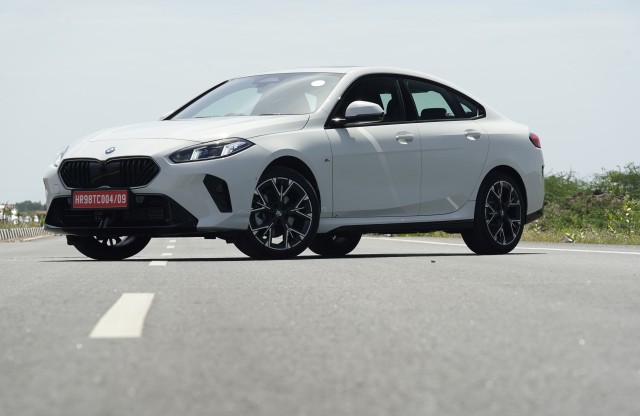
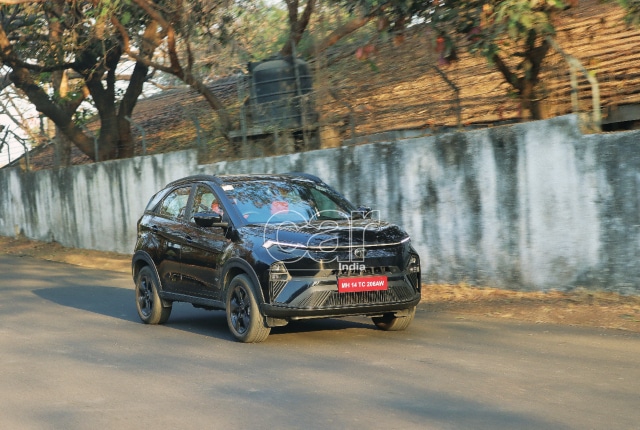

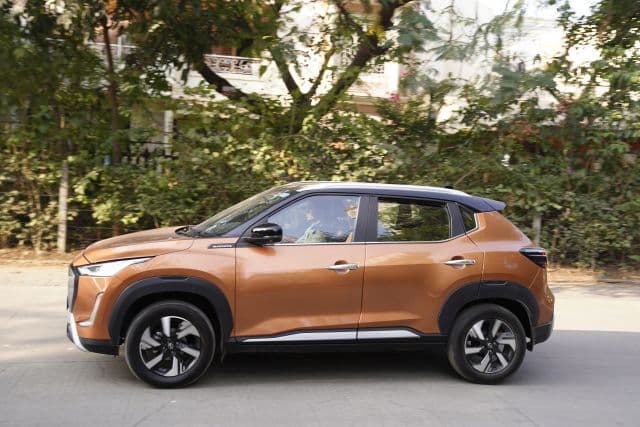
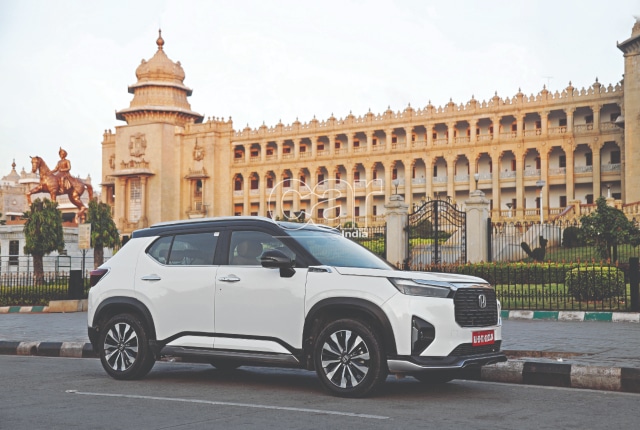
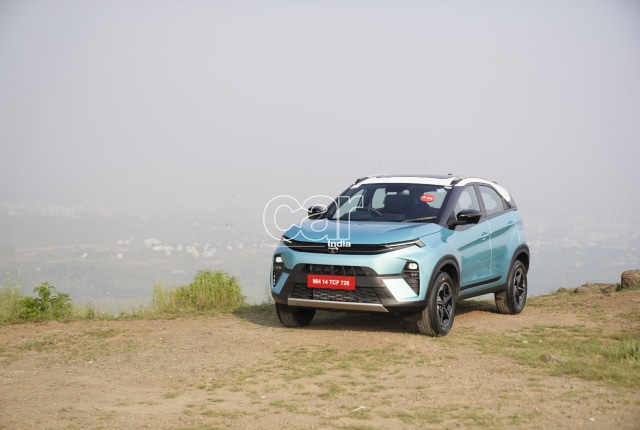
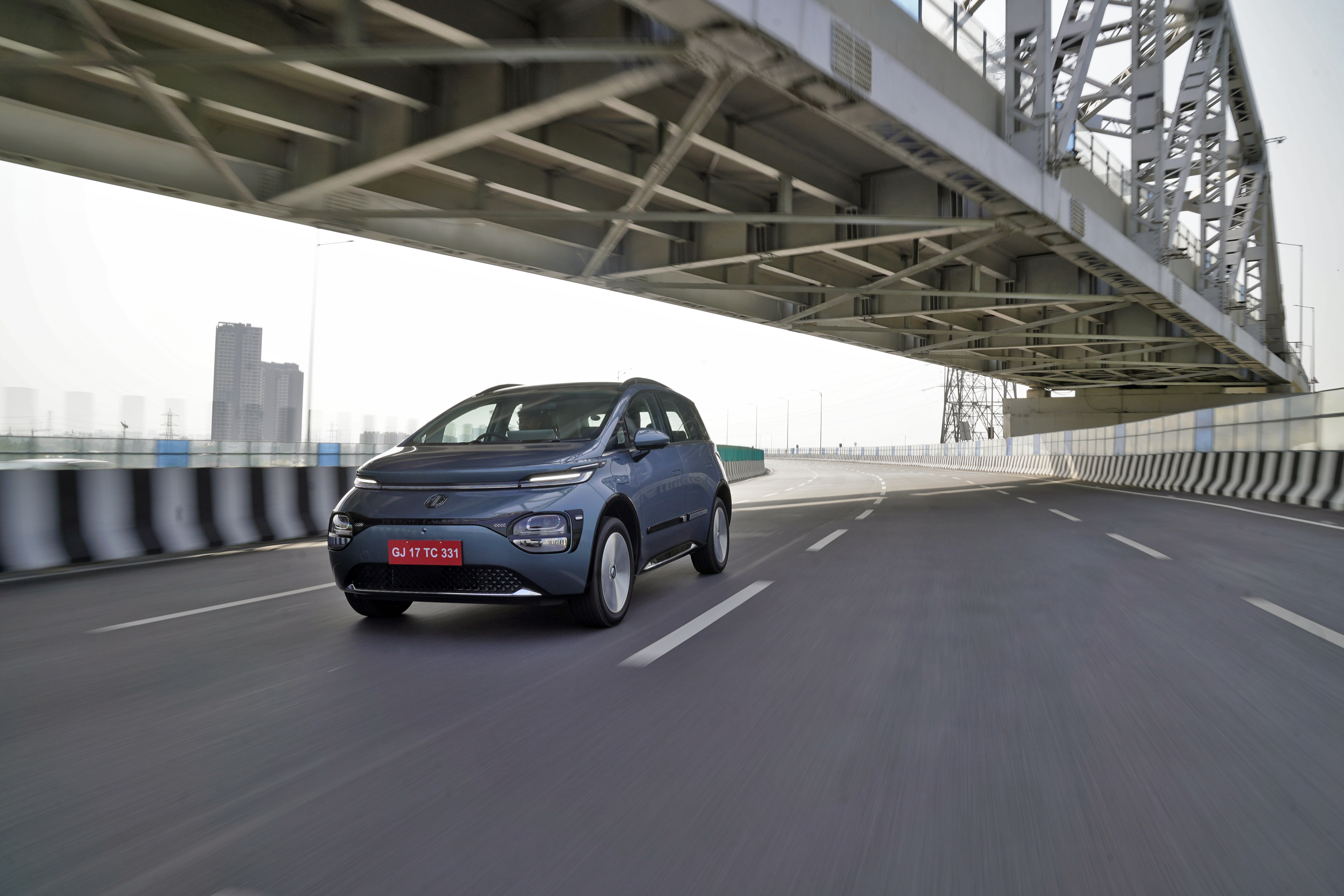
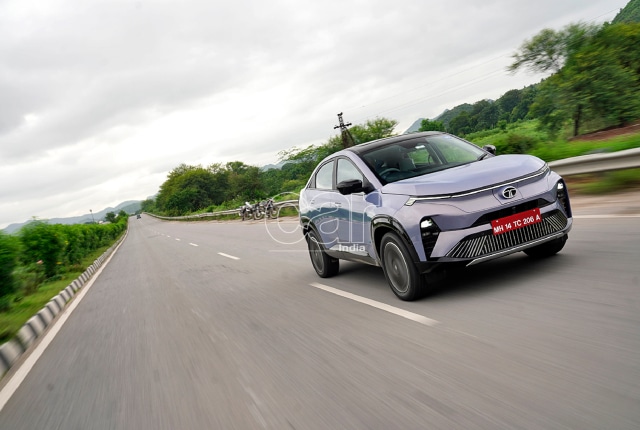
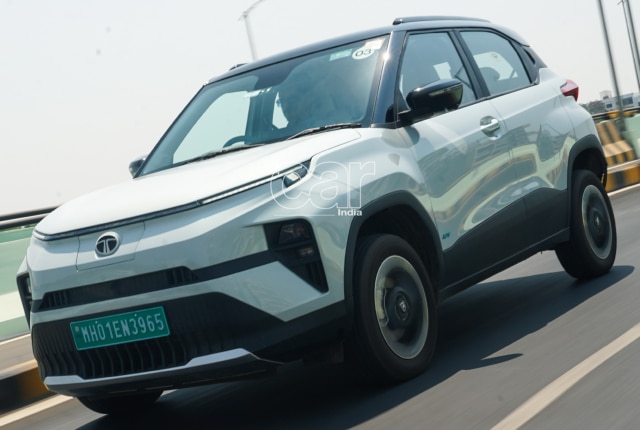




Leave a Reply